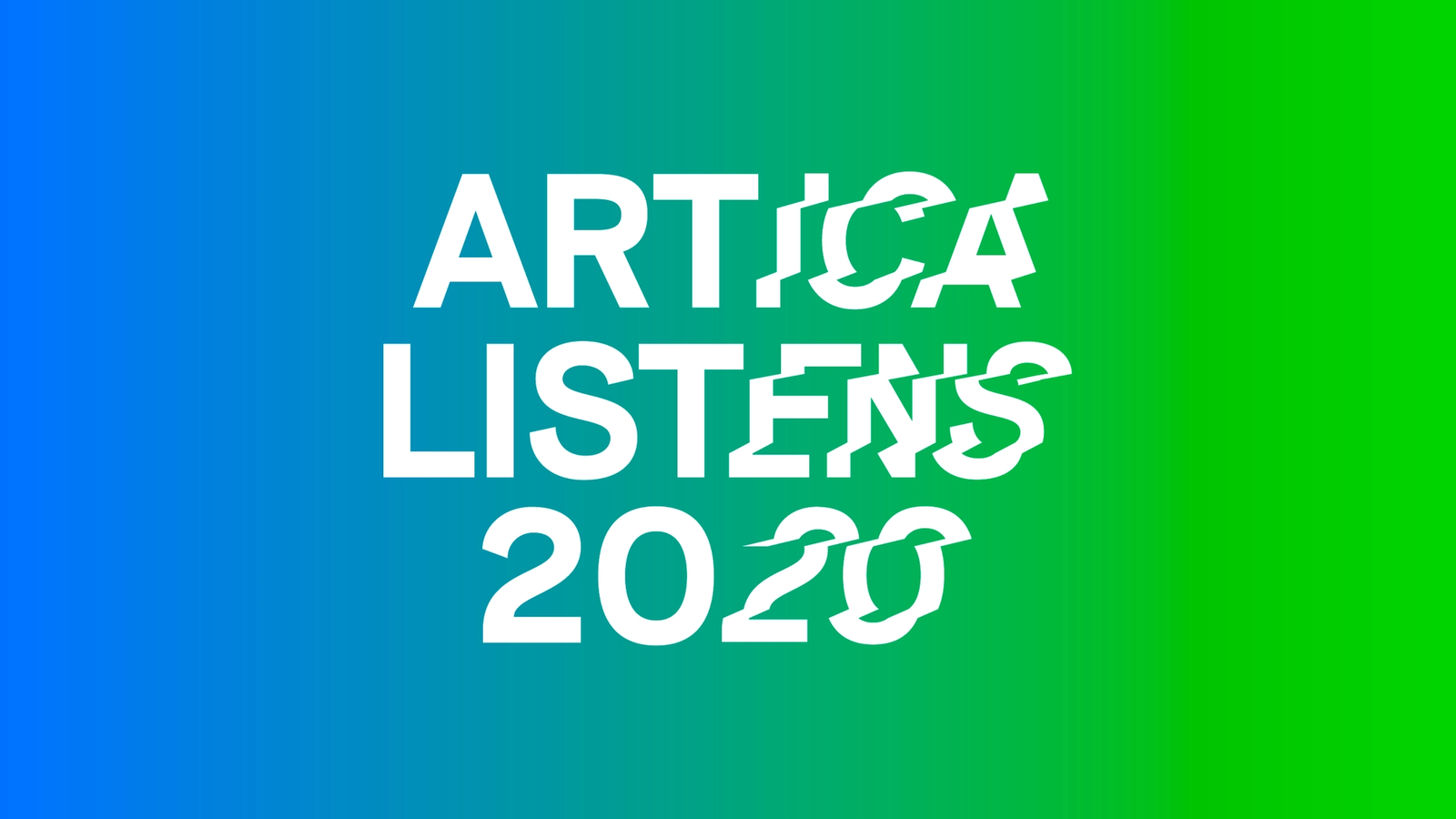
Now what? Svalbard - The road ahead
Once a year, Artica Svalbard hosts one of the most important art events in the Arctic, Artica Listens. Together with Norwegian Pen, this year it will focus on the most urgent issues that Svalbard and its inhabitants are facing.
At a time when mining is being phased out, tourism is growing, the proportions of Norwegians living on the island is declining and climate change is affecting both nature and people, we are asking ourselves the questions, where do the road go from here? What will Svalbard become, and for whom?
In the light of the 100-year-old Svalbard Treaty, artists, writers, social scientists, and residents of Longyearbyen will reflect on topics such as climate, tourism and migration.
Artica Listens 2020 is a digital event in four parts, where interesting participants will discuss relevant topics in conversations that will be streamed on our website. The last part will be broadcasted live from Litteraturhuset in Oslo, where the audience is invited to attend in person.
The Norwegian journalist Anne Grosvold, together with journalist and author Line Nagell Ylvisåker will host and moderate the conversations.
Art is present wherever important questions are being asked. Svalbard is such a place of our time.
Part 1 - Art and Climate
The first part of Artica Listens 2020 addressed the role of art in communicating the climate crisis. Can art help reduce CO2 emissions?
Teresa Grøtan and Benedicte Meyer Kroneberg, both of whom have written about the climate crisis, address several of the paradoxes of our time. Both of the participants in this episode have been artists-in-residence at Artica Svalbard.
Part 2 - Nature and Tourism
Longyearbyen is an old coal mining community. Mining is now being phased out, while tourism is promoted as a replacement for lost jobs and to maintain the island’s population.
What is the actual impact of tourism on Svalbard's nature? The Arctic is warming about twice as fast as the global average, so why is tourism singled out as a prioritized industry? Can dissemination of the climate crisis make up for the environmental footprint that tourism leave behind? These are some of the questions that the CEO of Visit Svalbard, Ronny Brunvoll, will discuss with Frode Pleym, Manager of Greenpeace - Norway and Torgeir Knag Fylkesnes, deputy leader of the socialist left party.
Part 3 - An International Community
When the Covid-19 crisis hit, foreigners truly experienced that they have different social rights in Svalbard than Norwegians. Foreigners on Svalbard do not need residence and work permits, but everyone must have a place to stay and enough economical resources to support themselves. In addition, social assistance is not offered on the island. In this episode we hear several stories from some of those who are affected. We discussed the challenges and opportunities for Longyearbyen as an international community.
Part 4 - The Future of Svalbard
What should the future of Longyearbyen and Svalbard look like? And what will it take to get there? In the final part of Artica Listens 2020, we invited people to join us for a live conversation that linked the topics of the previous three parts.
The live stream took place at Litteraturhuset in Oslo and was open to the public.
The participants of this final part are author Maja Lunde, philosopher Einar Øverenget and social anthropologist Zdenka Sokolickova. The audience (both digitally and live) were invited to participate in the discussions and to ask questions.

